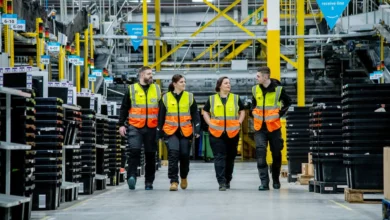Designing the stores of the future

The ever-increasing shift to online shopping, powered by e-tail giants such as Amazon, and the rise of mobile and social commerce dovetailing the consumer desire for experiences, have impacted the British high street.







